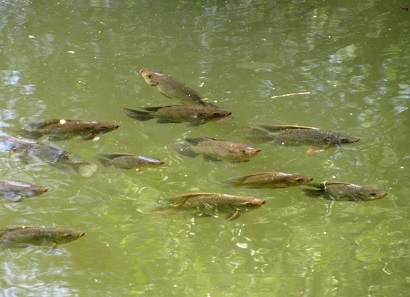We’re all familiar with the concept of bird song …
But it appears that fish can be equally vocal, using a variety of sounds like grunting, squealing and gurgling to gain access to food and mates, and possibly for social interaction.
Dr Simon Linke, of the Australian Rivers Institute at Griffith University, is using “fish song” in a research project which is adopting a novel approach to monitoring the waterway health.
Using underwater microphones, Dr Linke’s team has catalogued every biological sound in the Einasleigh River in Far North Queensland. The sounds are identified by computer, providing a snapshot of the activity of fish species within the waterway at any given time.
Dr Linke suggests that the use of eco-acoustics could potentially also be used to locate insects and invasive species such as Tilapia, which make noises when they spawn or defend their nests.
This innovative project was reported on ABC News recently. It will certainly be worth following its progress. To learn more, visit the ABC News Website.
An online Griffith University article from March 2018 provides further information: Eavesdropping on fish to measure river health.
An un-related article by the Acoustical Society of America provides some insight into the reasons for fish sounds: How Important are fish Sounds for Feeding, Contests and Reproduction?

Tilapia in Moggill Creek – courtesy of Jim Pope
Perhaps we’ll soon have a new, non-invasive way to locate Tilapia in our catchment!

